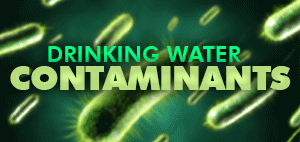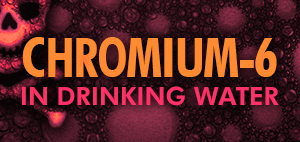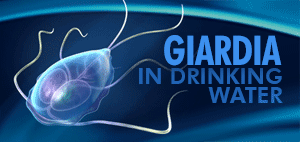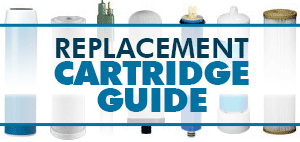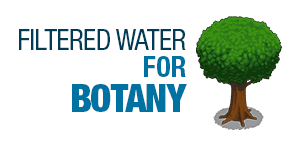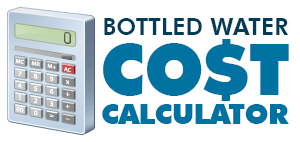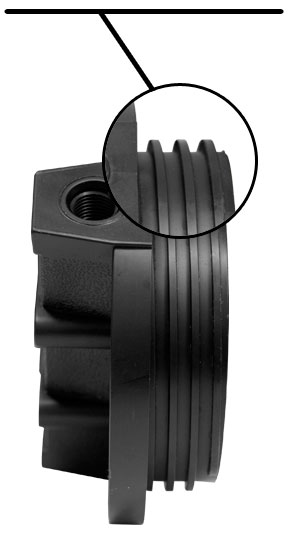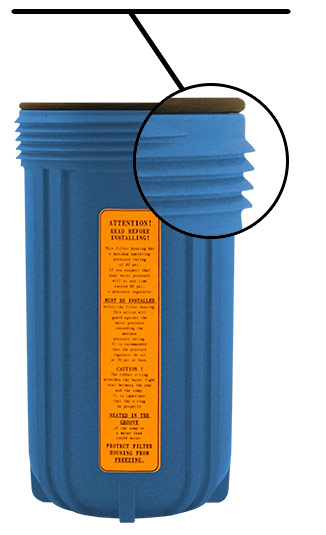What is Copper and Why Is It In My Water?
 Copper is a soft chemical element with a reddish-orange appearance used for alloys, as a conductor of electricity, and a building material. Copper is an essential dietary mineral to all living organisms.
Copper is a soft chemical element with a reddish-orange appearance used for alloys, as a conductor of electricity, and a building material. Copper is an essential dietary mineral to all living organisms.
The two main sources of copper in residential drinking water is corrosion from copper pipes, faucets and fittings and from erosion from natural deposits. Copper is odorless, tasteless and not visible when dissolved in water, so the only method of detection is testing for it through a certified laboratory.
Copper toxicity is generally only a concern if you live in an older house with copper pipes. Signs of corrosion of these pipes are rusty-colored water, stained linens or dishware, or leaks.
What are the Health Effects of Copper Exposure?
Excess exposure to copper in drinking water can cause copperiedus (copper poisoning) and can damage lipids, proteins and DNA.
Copper Removal From Drinking Water
Copper can be removed up to 97-98% with a reverse osmosis water filter. Cartridges using activated carbon can also remove copper from water by using adsorption.
Reverse Osmosis Water Filters Activated Carbon Block Cartridges
NSF 42, 58 or
62 Certified
From NSF.org
NSF/ANSI Standard 42: Drinking Water Treatment Units – Aesthetic Effects
Overview: This standard covers point-of-use (POU) and point-of-entry (POE) systems designed to reduce specific aesthetic or non-health-related contaminants (chlorine, taste and odor, and particulates) that may be present in public or private drinking water.
NSF/ANSI Standard 58: Reverse Osmosis Drinking Water Treatment Systems
Overview: This standard was developed for point-of-use (POU) reverse osmosis (RO) treatment systems. These systems typically consist of a pre-filter, RO membrane, and post-filter. Standard 58 includes contaminant reduction claims commonly treated using RO, including fluoride, hexavalent and trivalent chromium, total dissolved solids, nitrates, etc. that may be present in public or private drinking water.
NSF/ANSI Standard 62: Drinking Water Distillation Systems
Overview: Standard 62 covers distillation systems designed to reduce specific contaminants, including total arsenic, chromium, mercury, nitrate/nitrite, and microorganisms from public and private water supplies.
Sources of Information on Copper
- Wikipedia – Copper Toxicity
- EPA – Copper in Drinking Water
- CDC – Copper and Drinking Water from Private Wells
- WHO – Copper Chemical Water Hazard [ Requires Acrobat ]
The foregoing information was compiled from the the links listed above.






